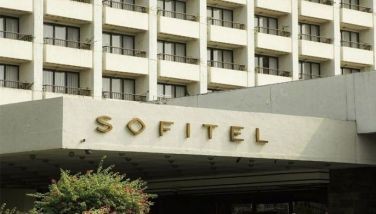NTC bracing for entry of 3G mobile phone system
The National Telecommunications Commission (NTC) is set to reallocate more radio frequencies in preparation for the third generation (3G) mobile phone system which is already tested in some countries.
With speeds nearly three times faster than today's basic rate, the new system is expected to change the way people communicate, access information, work or even carry out social or personal activities.
NTC Deputy Commissioner Nestor Dacanay is currently in Turkey to attend a conference on International Mobile Telecommunications-2000 (IMT-2000), an advanced mobile communications concept intended to provide telecom services on a worldwide scale regardless of location, network or terminal used.
Although a radio spectrum was already identified in the past, the International Telecommunication Union (ITU) found out that due to the tremendous growth in mobile communications and the demand for wideband multimedia capability, the growing demand for frequencies has to be addressed as early as possible.
So far, the additional spectrum has focused on the same general frequency range as the original spectrum, that is, below three Gigahertz (GHz).
However, such bands are already heavily used by a wide range of satellite and terrestrial services, thus making the job more difficult.
But once the frequencies are identified, consumers all over the world should soon be able to access on a single handset a range of high bandwidth wireless services. Providing personal or business information will be very near to reality, NTC Commissioner Joseph Santiago said.
Through high-speed Internet access and other forms of data transmission, he said users will be able to receive customized pre-defined news, look up bulletins containing real-time video or audio, access video and audio e-mail or set up video conferences while on the move.
For developing nations such as the Philippines, which still suffer from low telephone densities, wireless systems may be a winning option since they are relatively cheap to install, manage and maintain, quick to set up and provide access in geographically difficult regions.
In fact, local telecom companies such as the Philippine Long Distance Telephone Co. (PLDT) and Globe Telecom have predicted that in a very short period, the number of cellular phone users will overtake landline subscribers.
There are currently about five million installed fixed lines nationwide as compared to more than 3.5 million mobile phone customers.
Estimates show that the 3G market is expected to grow from $1.5 billion in 2001 to $9.2 billion in 2005, with investment in infrastructure to support 3G services reaching some $1 billion in 2001 and over $5 billion in 2003.
- Latest
- Trending
























